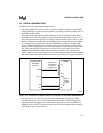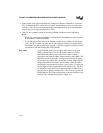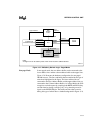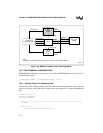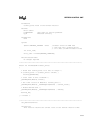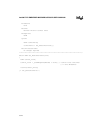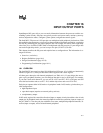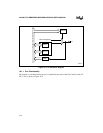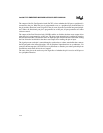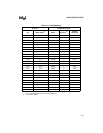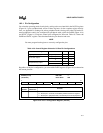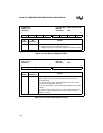
16-1
CHAPTER 16
INPUT/OUTPUT PORTS
Input/Output (I/O) ports allow you to transfer information between the processor and the sur-
rounding system circuitry. I/O ports are typically used to read system status, monitor system op-
eration, output device status, configure system options, and generate control signals.
The Intel386™ EX processor’s I/O port pins are multiplexed with peripheral pin functions. With
this multiplexed arrangement, you can use just those peripheral functions required for your design
and use any remaining pins for general-purpose I/O. For example, this device offers eight chip-
select lines, five of which (CS0#–CS4#) are multiplexed with I/O port pins. If your design does
not need all eight chip-selects, you can use up to five pins (P2.0–P2.4) for I/O.
This chapter describes the I/O ports and explains how to configure them. The information is ar-
ranged as follows:
• Overview (see below)
• Register Definitions (page 16-6)
• Design Considerations (page 16-10)
• Programming Considerations (page 16-11)
16.1 OVERVIEW
The Intel386 EX processor has three 8-bit bidirectional I/O ports, all of which are functionally
identical (Figure 16-1). Each port has three control registers and a status register.
All three ports share pins with internal peripherals (see Table 16-1). If your design does not re-
quire a pin’s peripheral function, you can configure that pin for use as an I/O port. For example,
if you don’t need serial channel 0, you can use P1.4–P1.0 and P2.7–P2.5 as I/O ports and still
allow the bus interface unit to use P1.7–P1.5 and the chip-select unit to use P2.4–P2.0.
Each pin can operate either in I/O mode or in peripheral mode. In I/O mode, a pin has three pos-
sible configurations:
• high-impedance input
• open-drain output (requires an external pull-up resistor)
• complementary output
In I/O mode, register bits control the direction (input or output) of each pin and the value of each
output pin. In peripheral mode, the internal peripheral controls the operation (input or output) of
the pin. Table 16-1 lists the port pins with their reset status, multiplexed peripheral functions, di-
rection (input or output), and associated internal peripheral.



